Designing Japanese-Inspired Dining Spaces: Beyond Trends, Toward Timelessness
Designing a Japanese dining experience isn’t about trends; it’s about tradition, restraint, and rhythm.
At Vie Studio, we collaborate closely with Japanese brands expanding into the Australian market, from boutique dessert bars to refined dining venues. Each project is unique, but our approach remains the same: to translate cultural nuance and brand identity into spatial form. Quietly. Elegantly. With purpose.
Building on the ideas shared in our Top 7 Interior Design Ideas for Japanese Restaurants, this post explores how those principles come to life in real spaces, and what it means to design with integrity, not imitation.
1. The Discipline of Restraint
Project: Ippin Japanese Dining

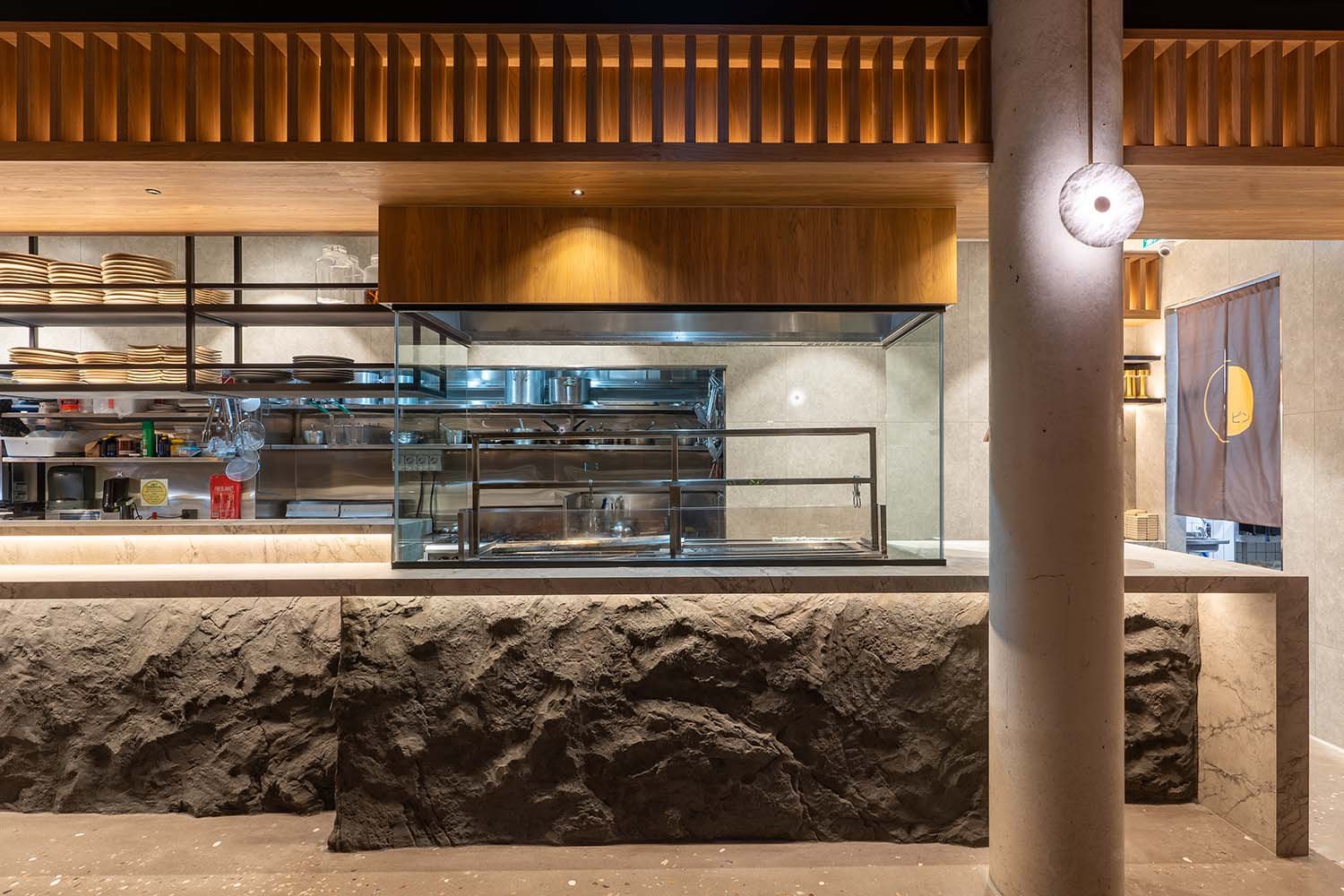
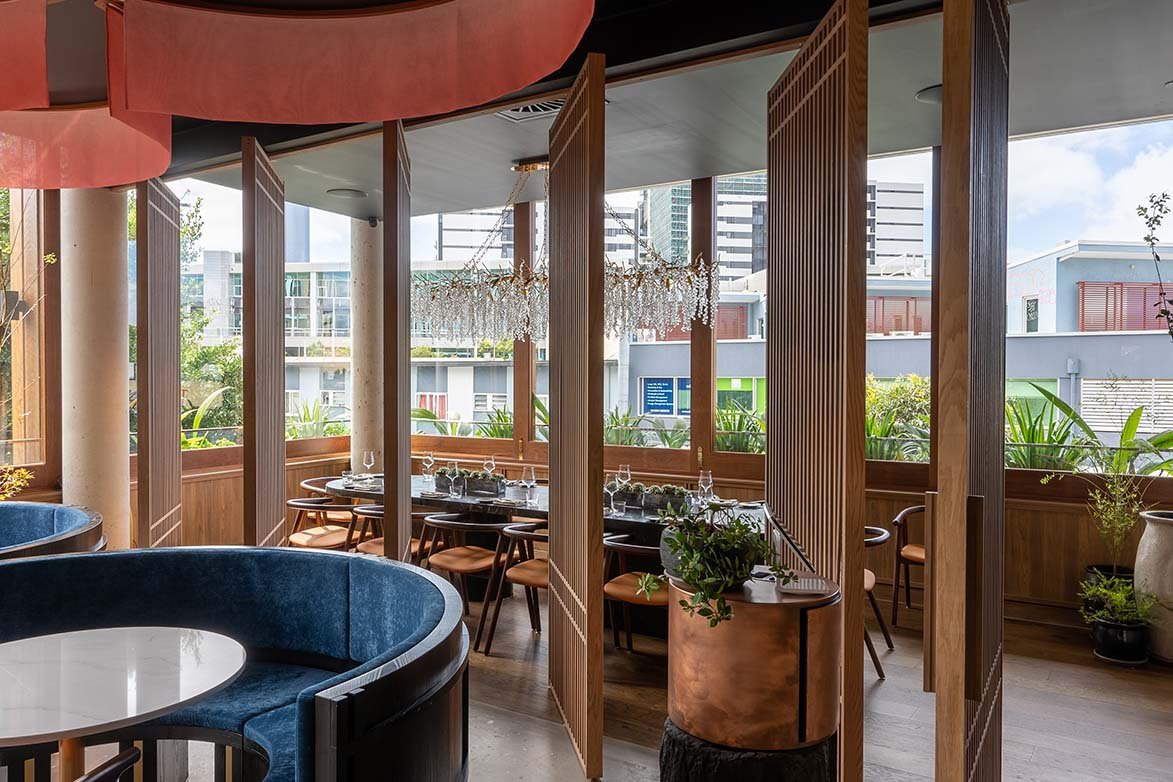

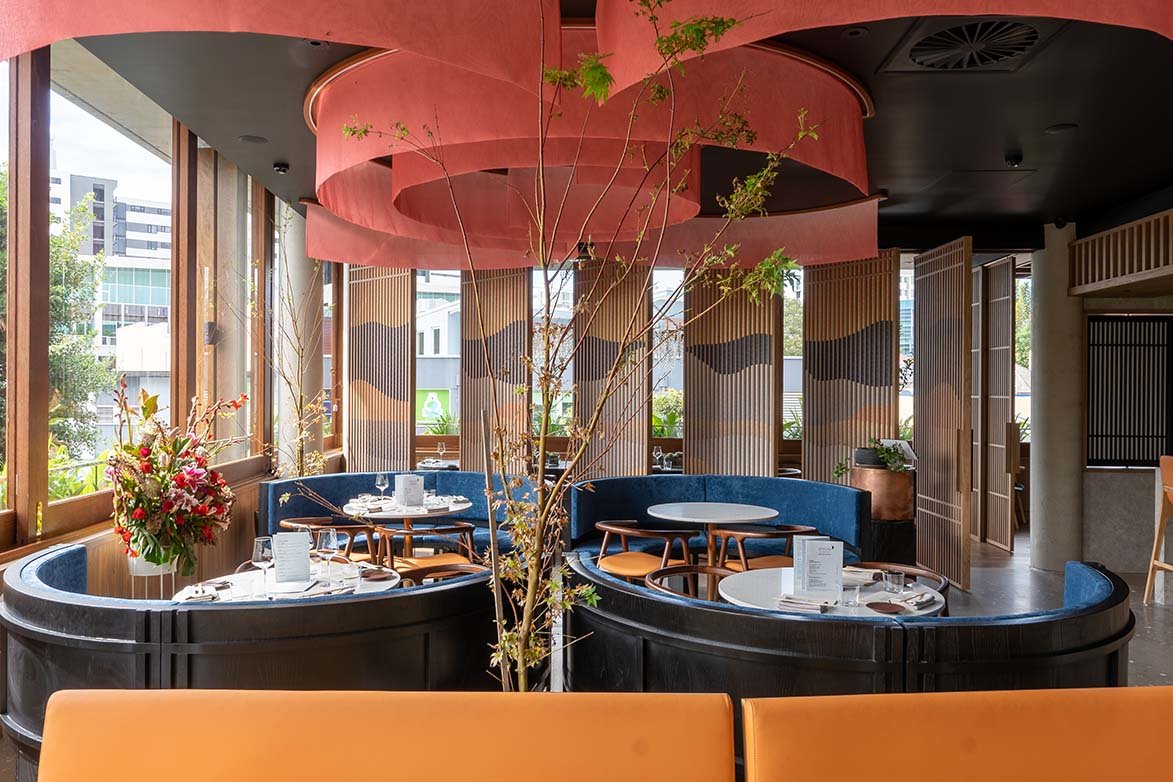
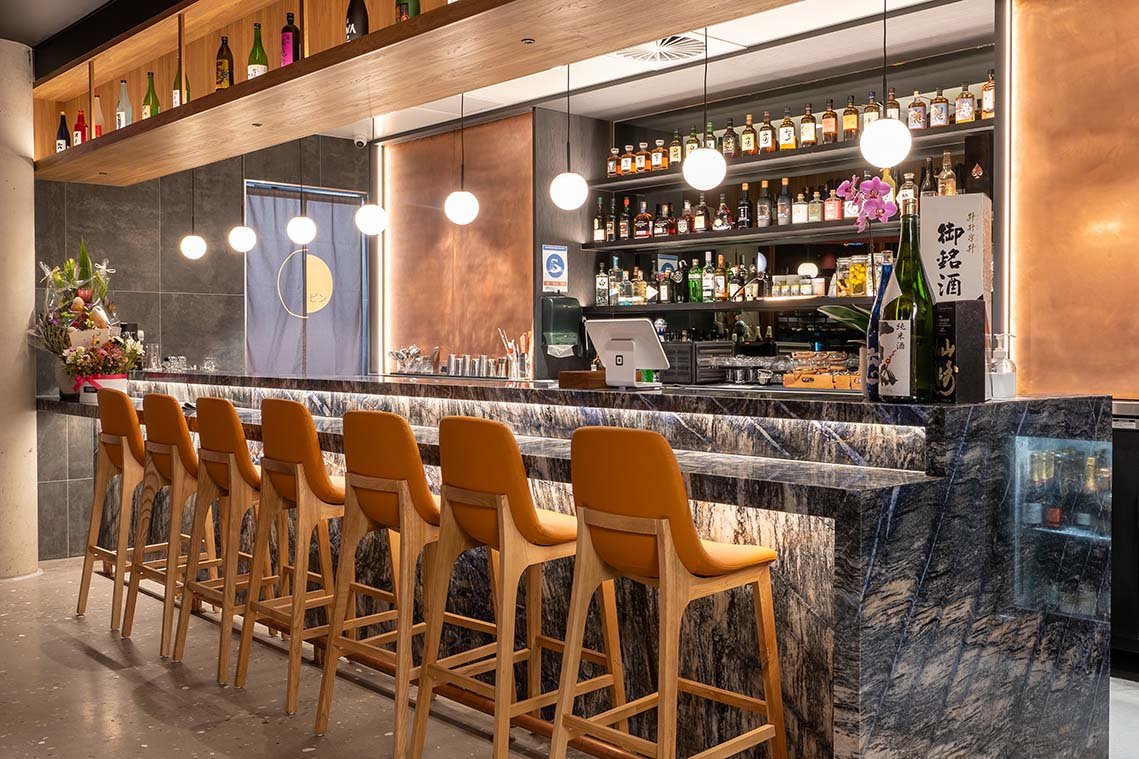

Japanese design often feels effortless, but that clarity comes from discipline. At Ippin, we worked with subtle materials, custom joinery, and carefully layered lighting to create a calm, cohesive dining experience. The palette is restrained, the transitions smooth, the spatial rhythm uninterrupted.
Design insight: Minimalism isn’t about removing; it’s about refining. Every decision should support a sense of quiet confidence.
2. Texture and Light in Dialogue
Project: Sushi Hotaru
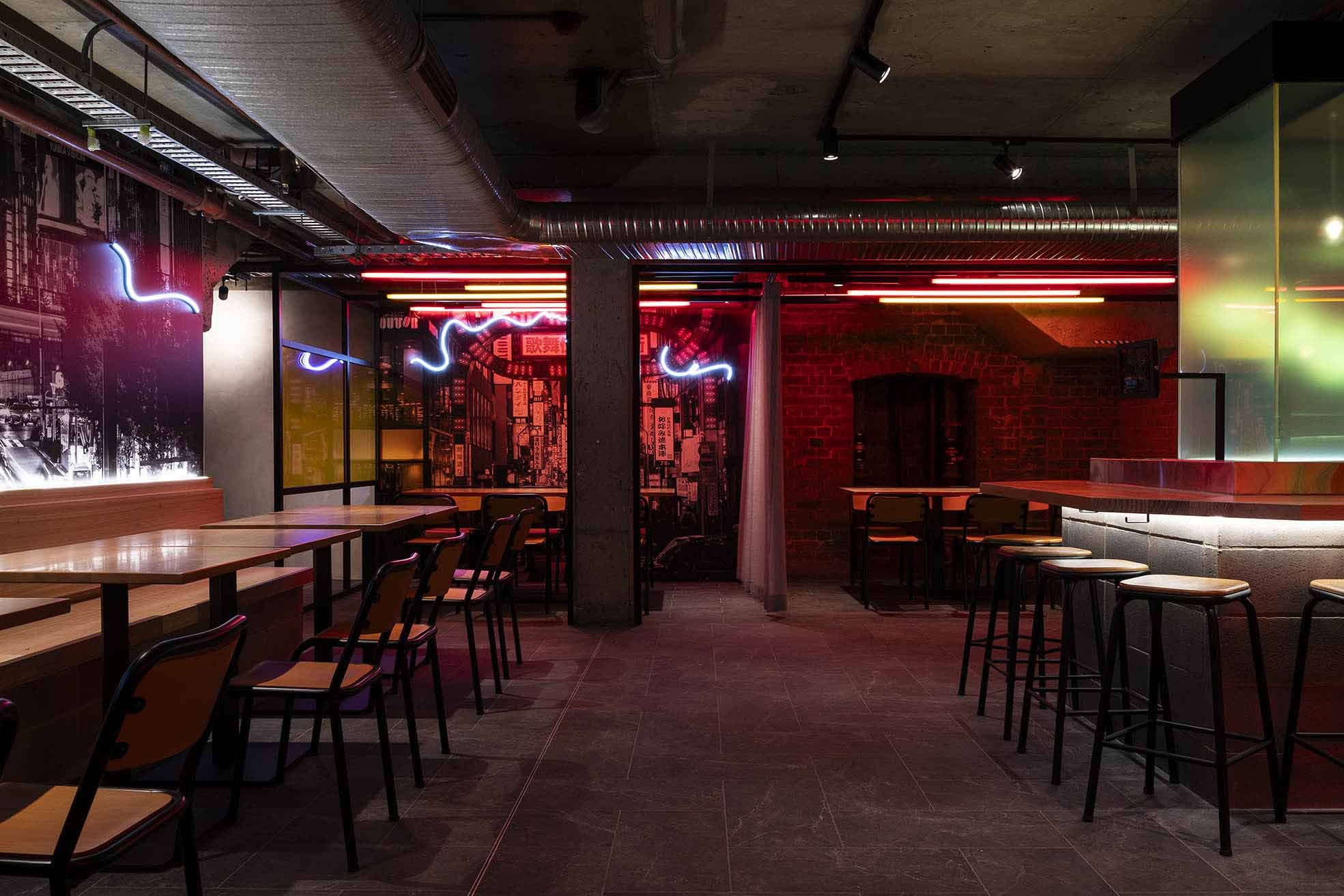
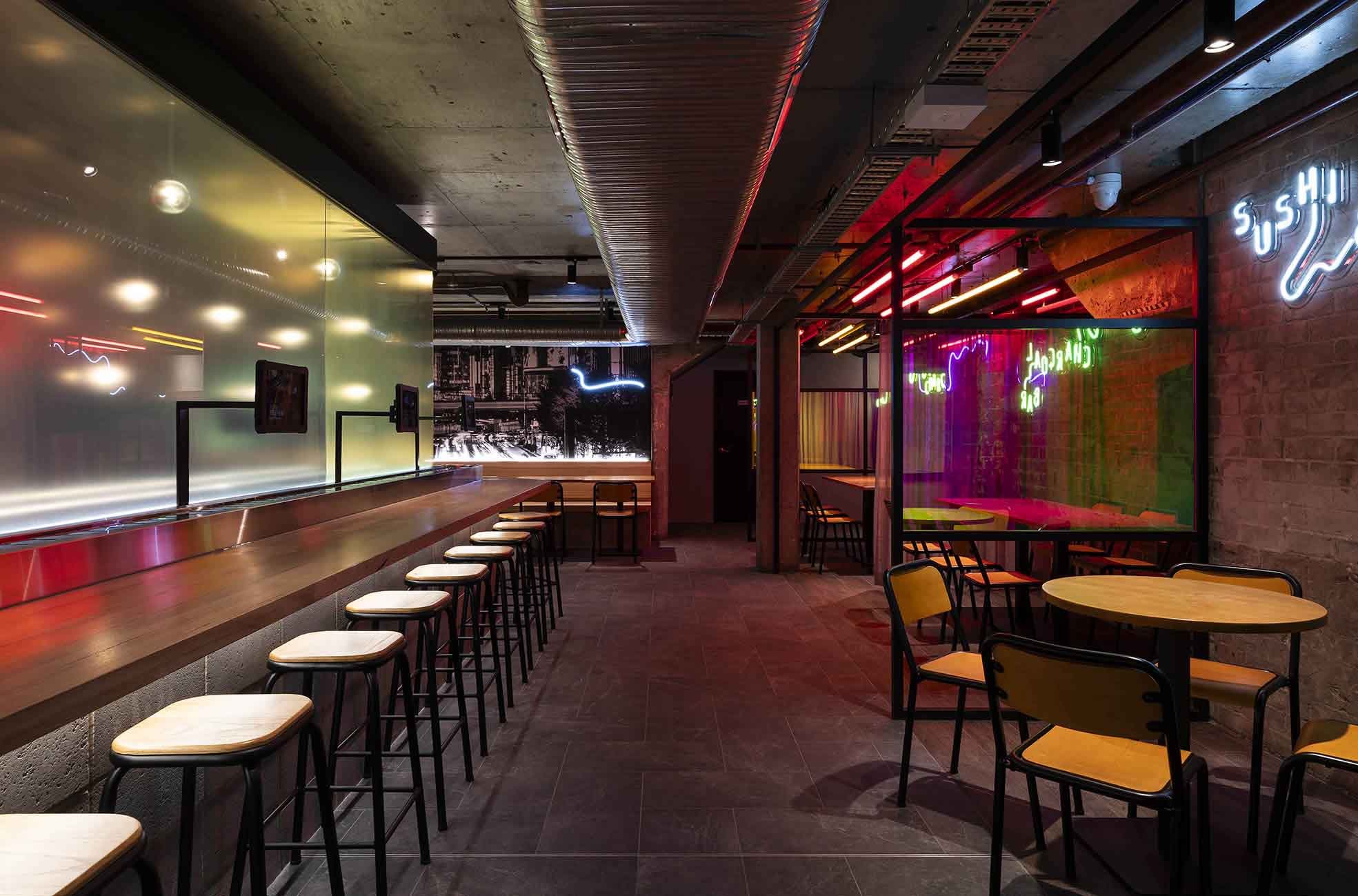
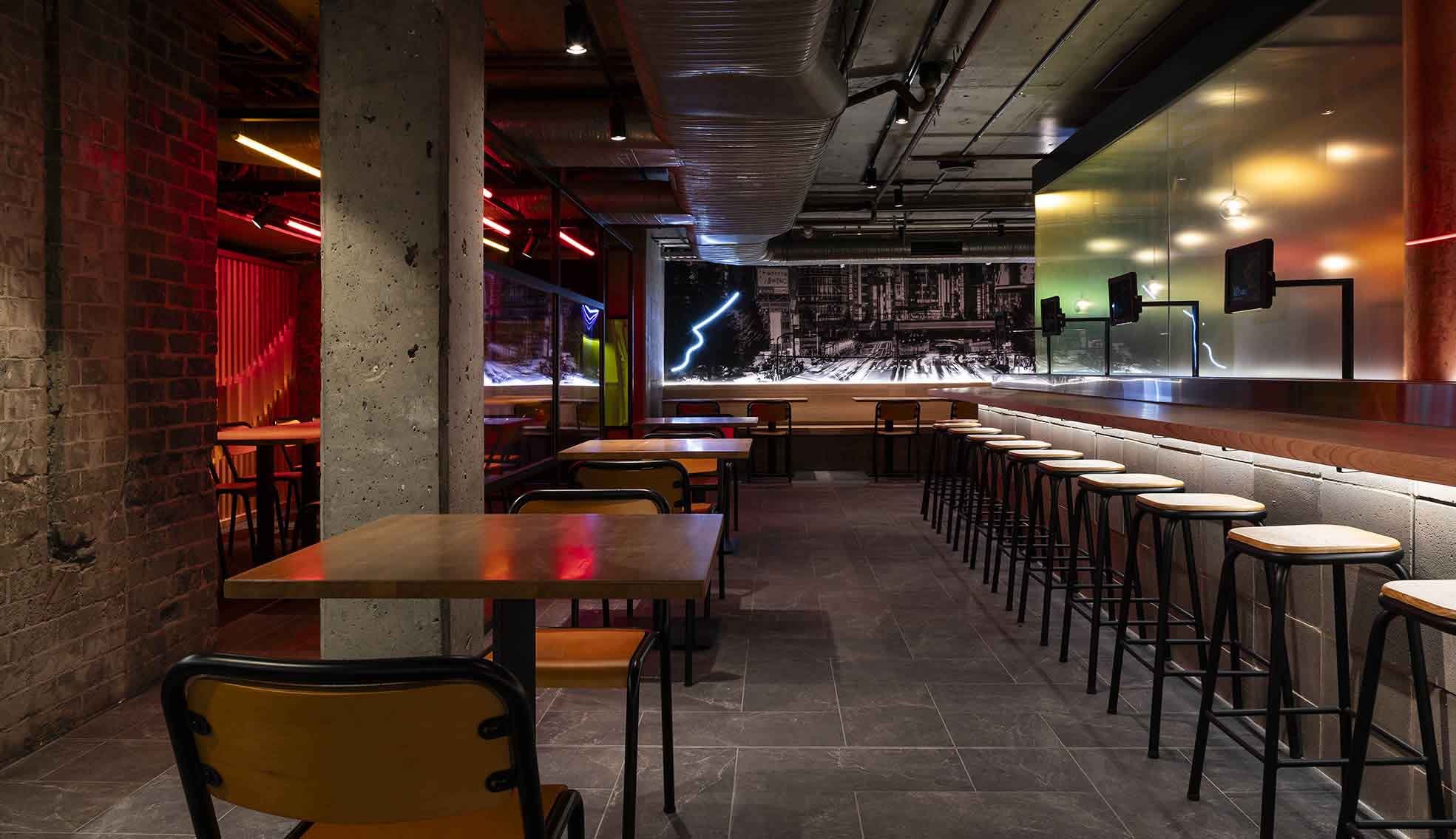
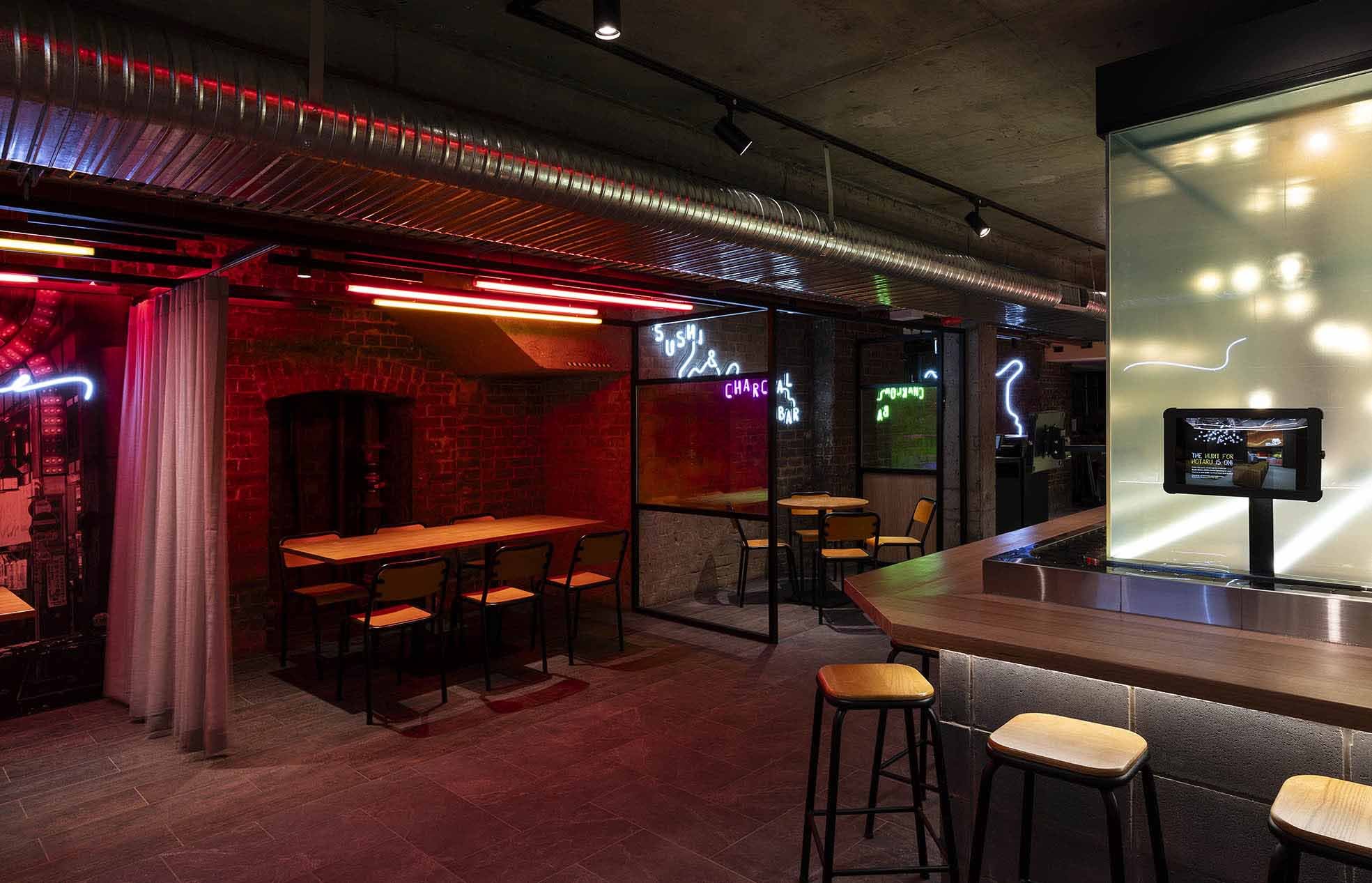
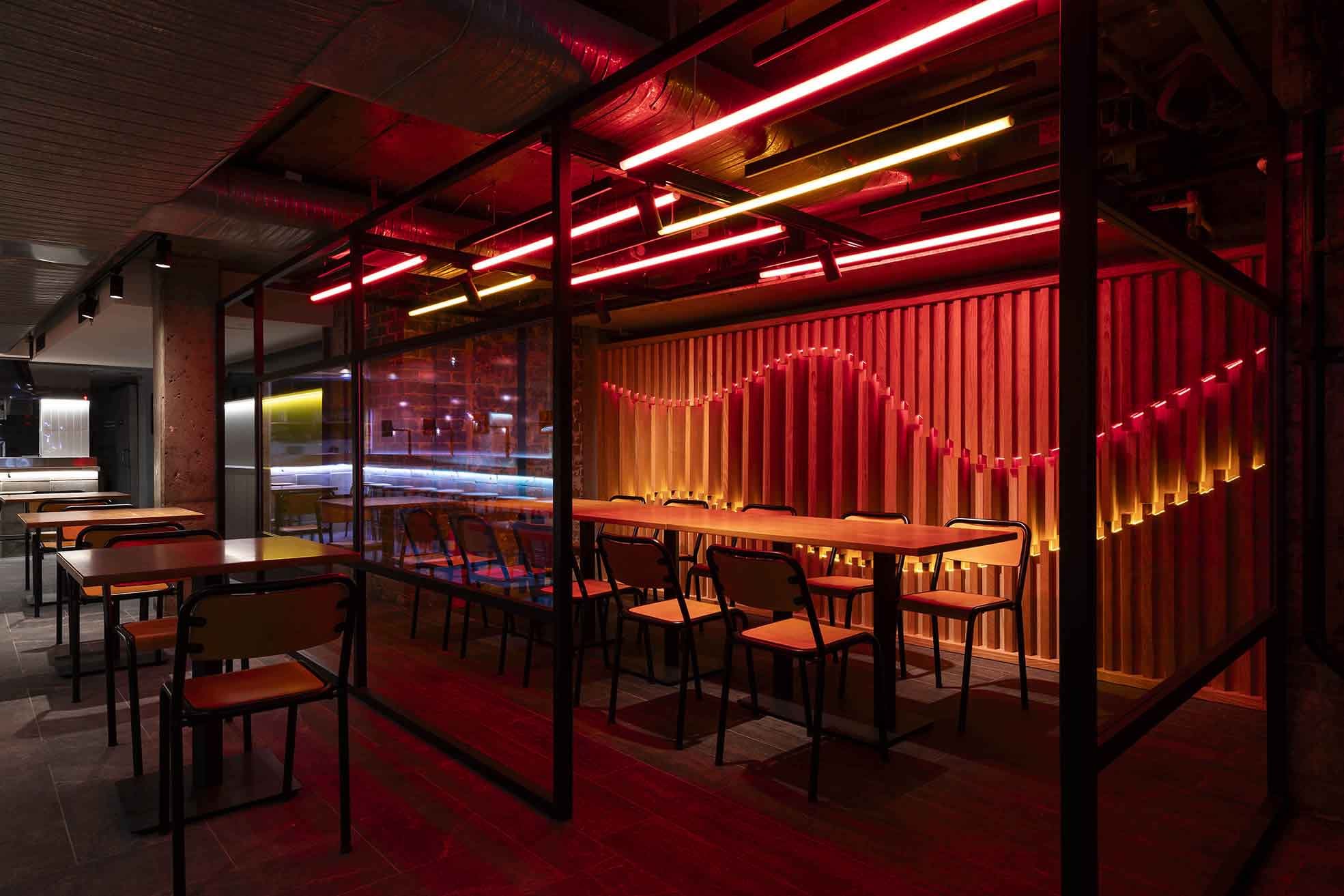
In Japanese design, materials don’t just cover surfaces; they tell stories. At Sushi Hotaru, light oak joinery, matte stone finishes, and soft architectural lighting were layered to create warmth and intimacy. Despite the venue’s high turnover, the space feels immersive and composed, never rushed.
Design insight: Materiality isn’t decorative; it’s atmospheric. Texture and light shape memory.
3. Designing for Compact Footprints
Project: TADA! Kids Café

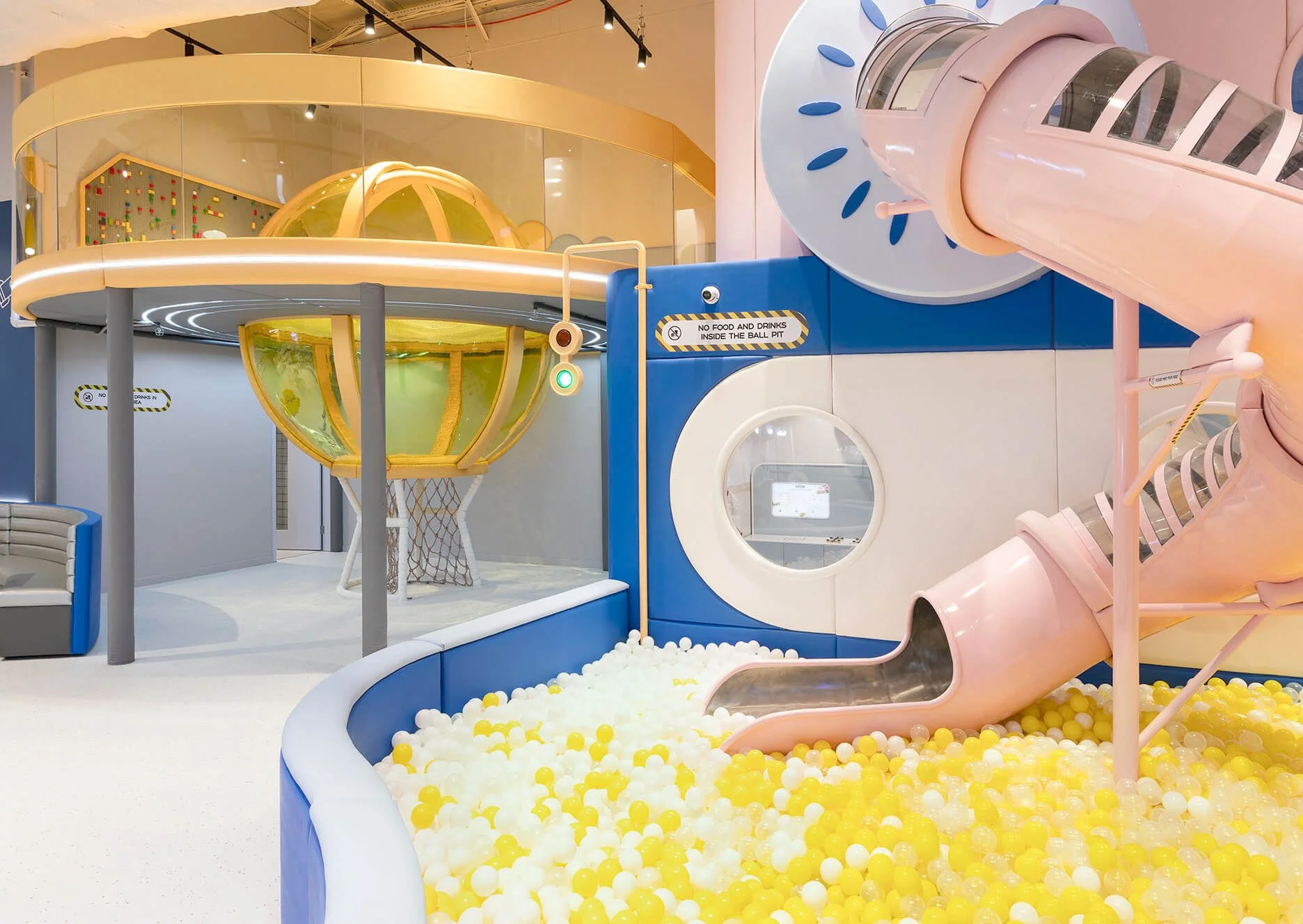
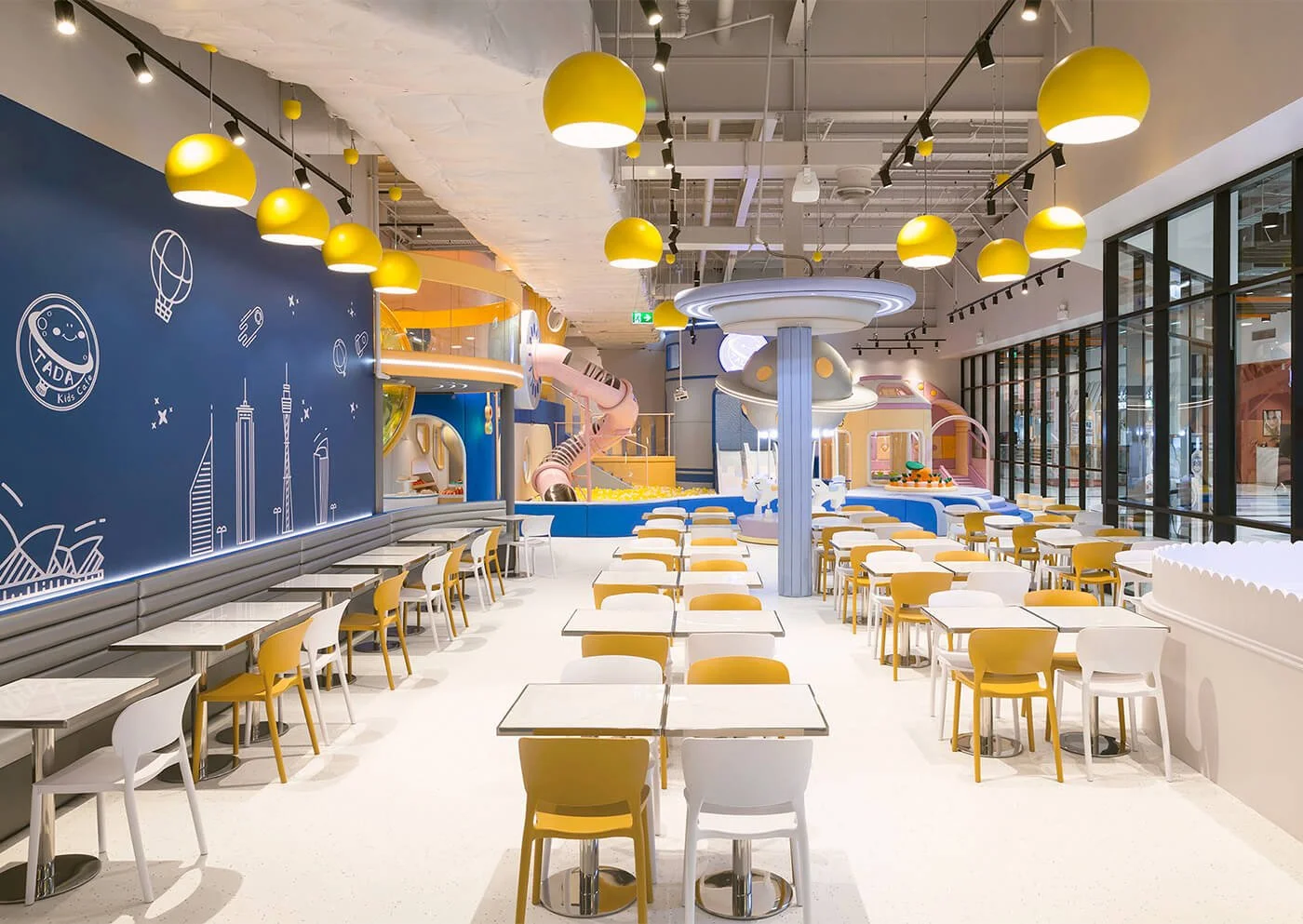
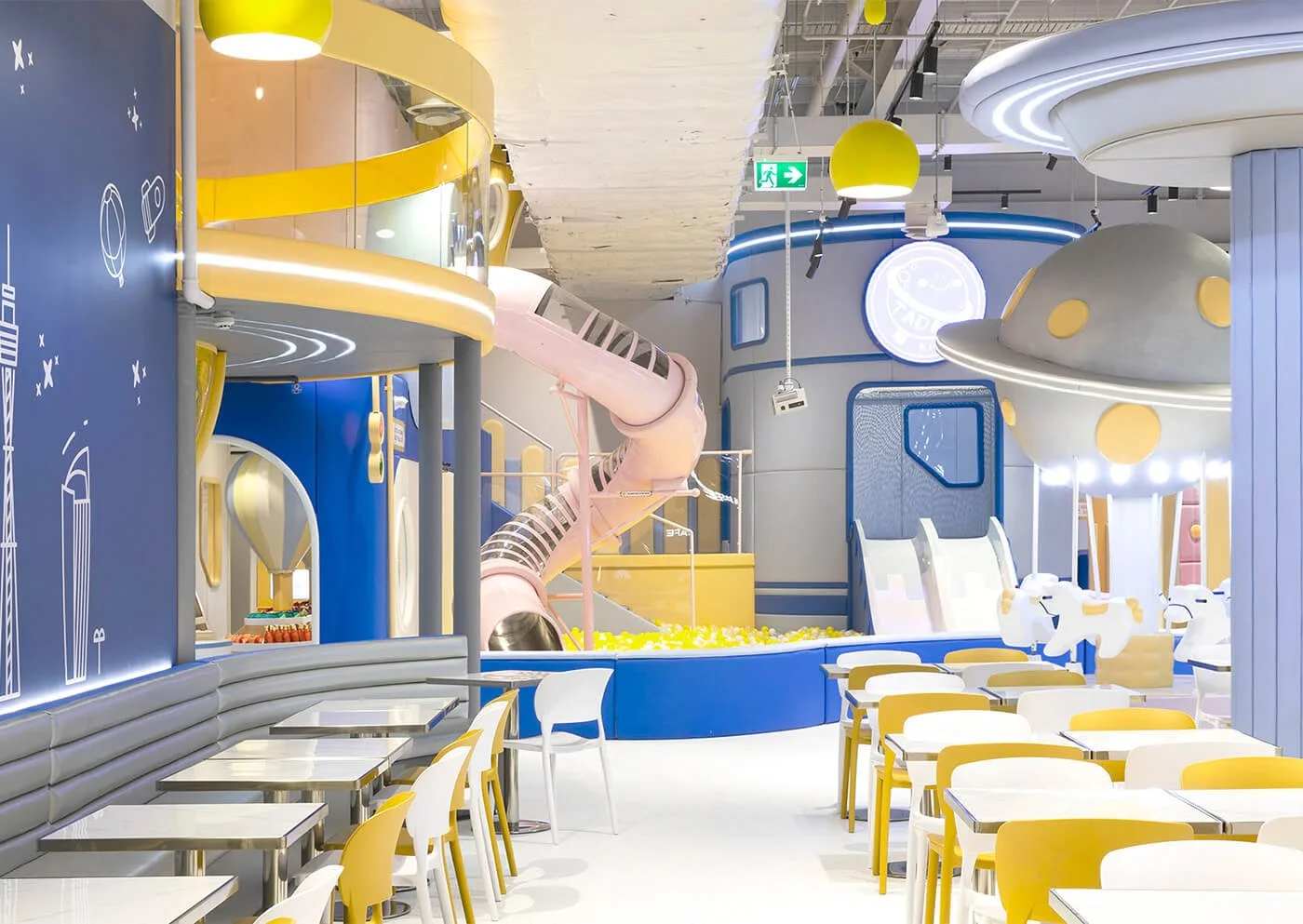
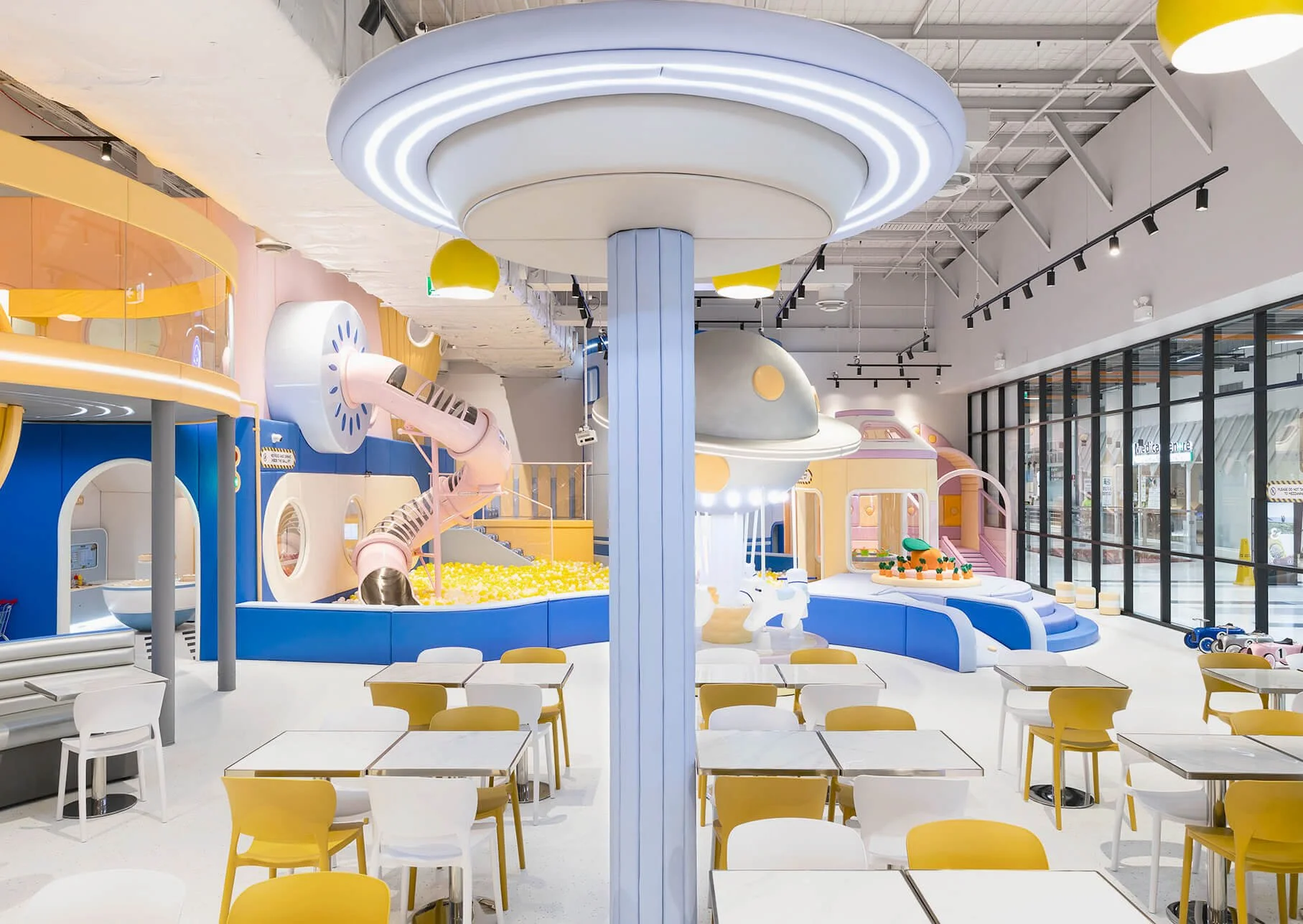
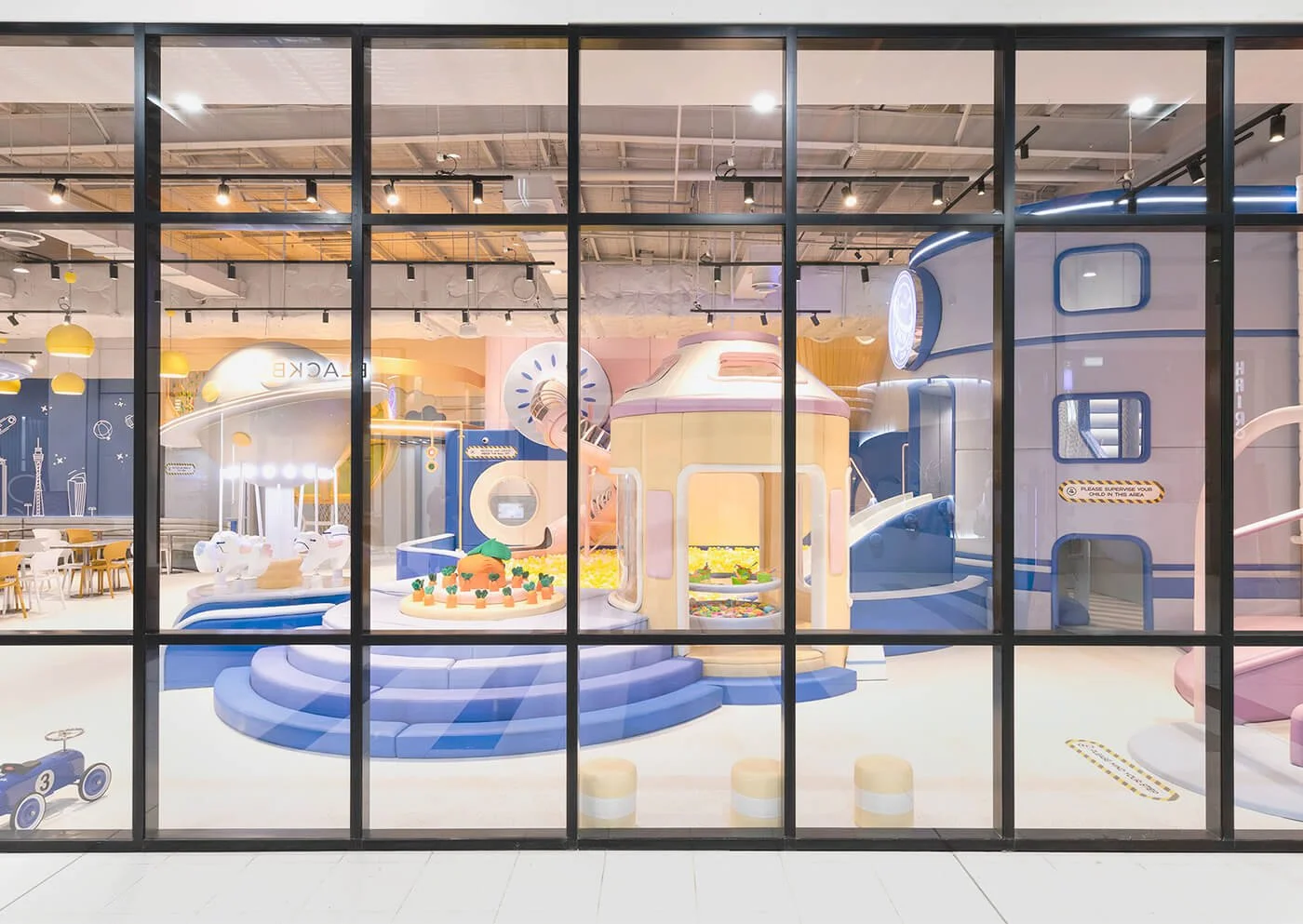
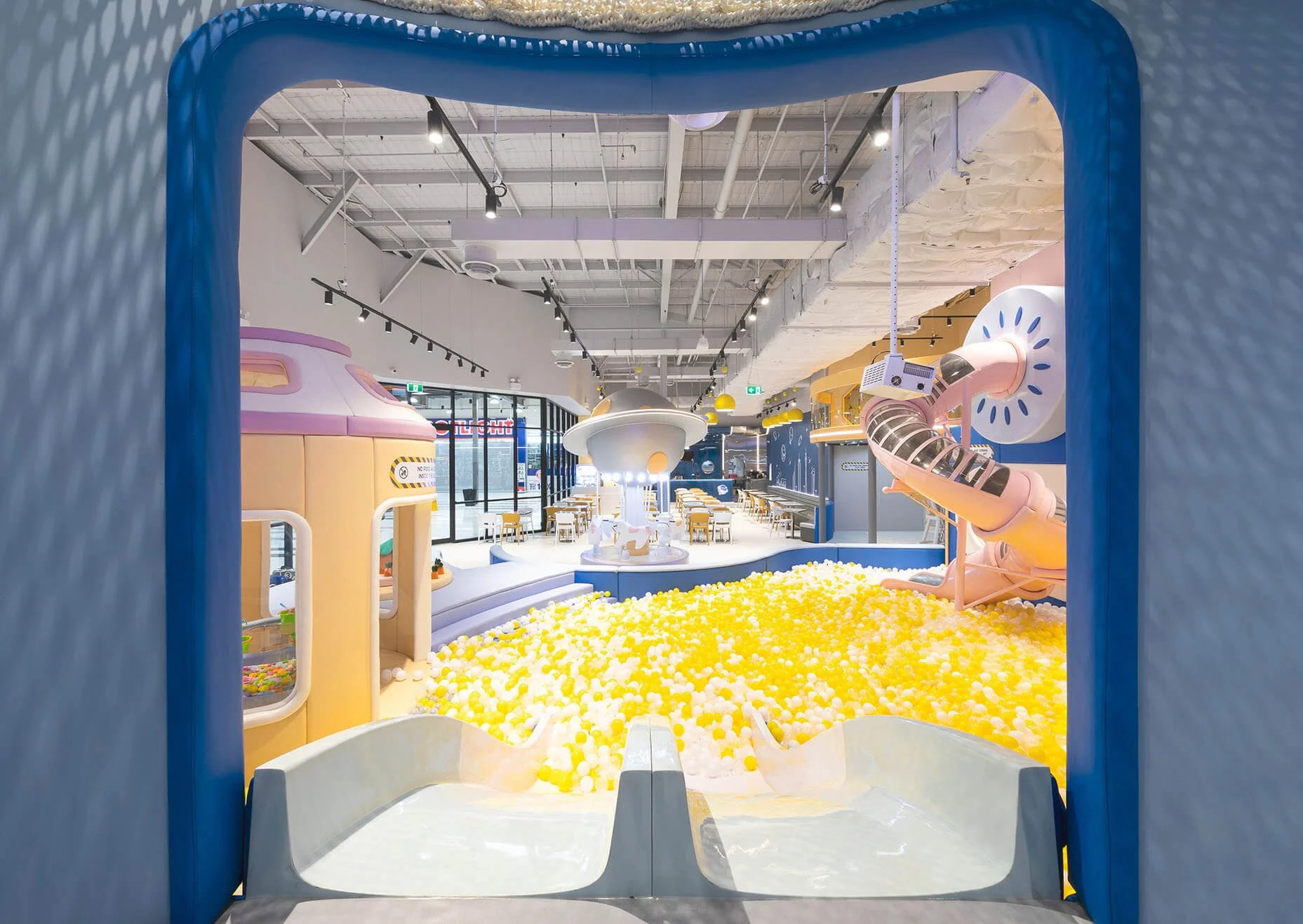
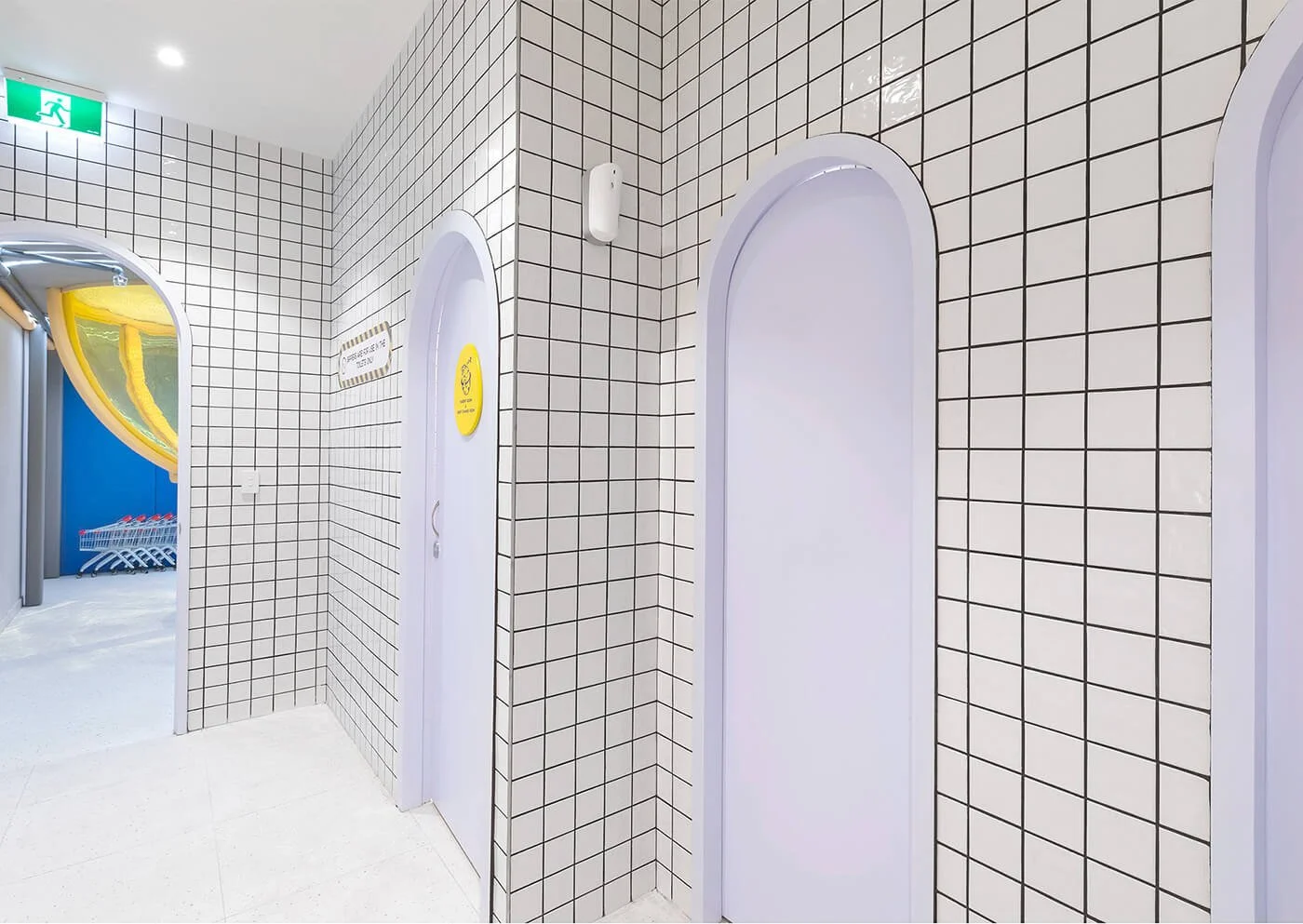
Japanese hospitality often thrives in small spaces, requiring agility in both layout and flow. In TADA! Kids Café, we zoned a compact site into distinct moments: rest, play, and connection. Curved forms and muted tones supported the child-friendly brief while maintaining a sense of calm.
Design insight: A small footprint doesn’t limit experience; it focuses it.
4. Wabi-Sabi as Spatial Philosophy
Project: Yakiniku Yokocho
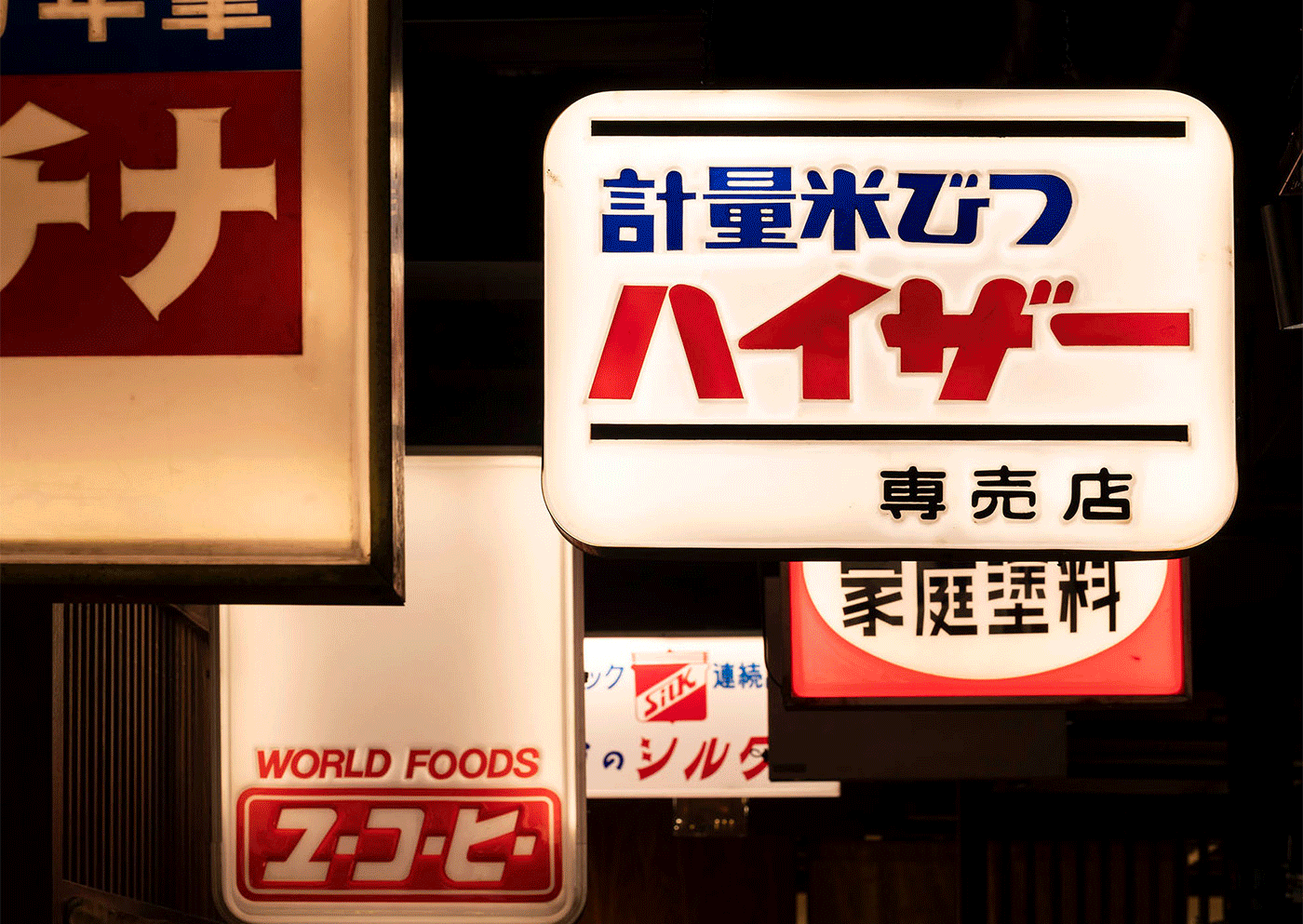

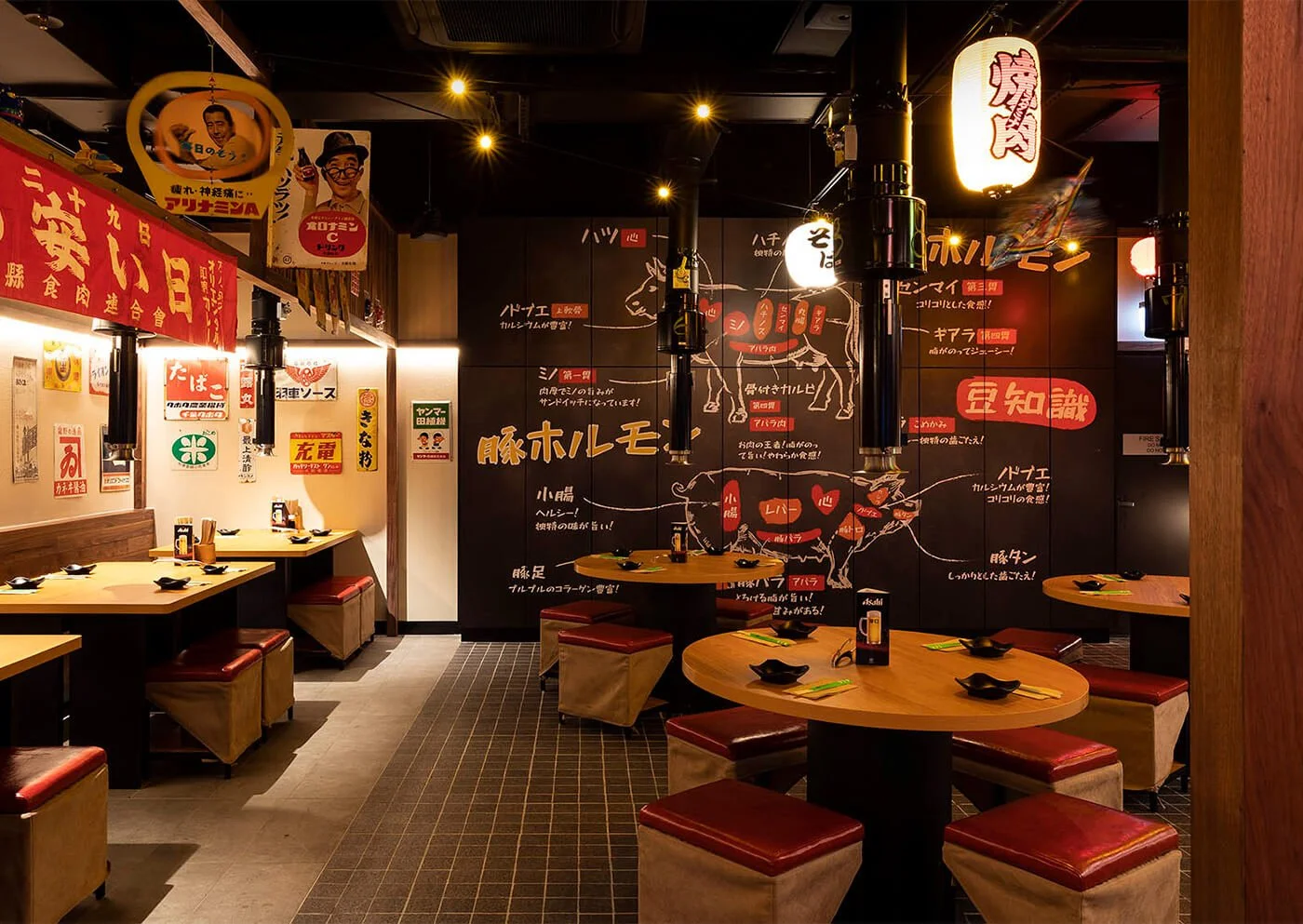
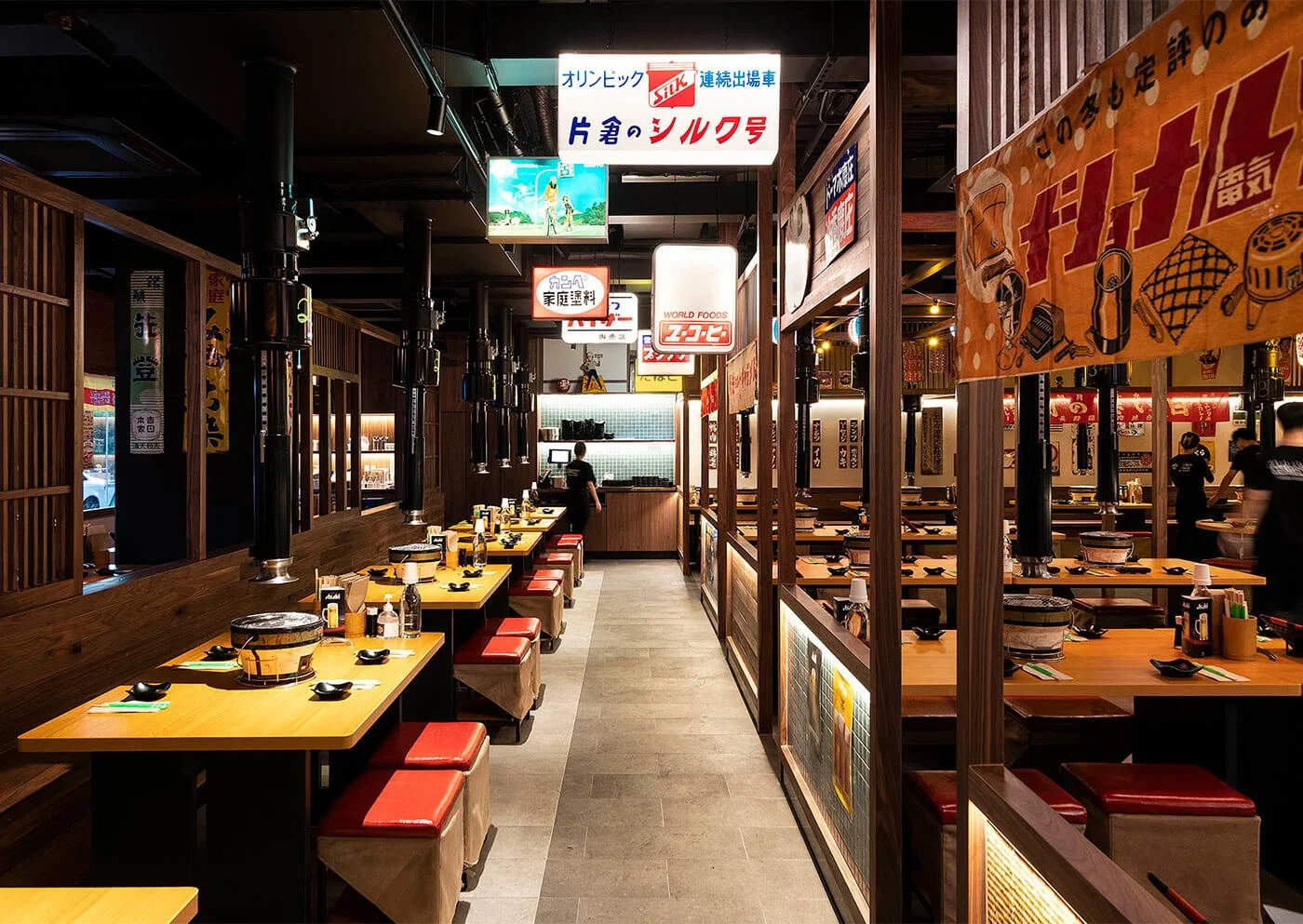
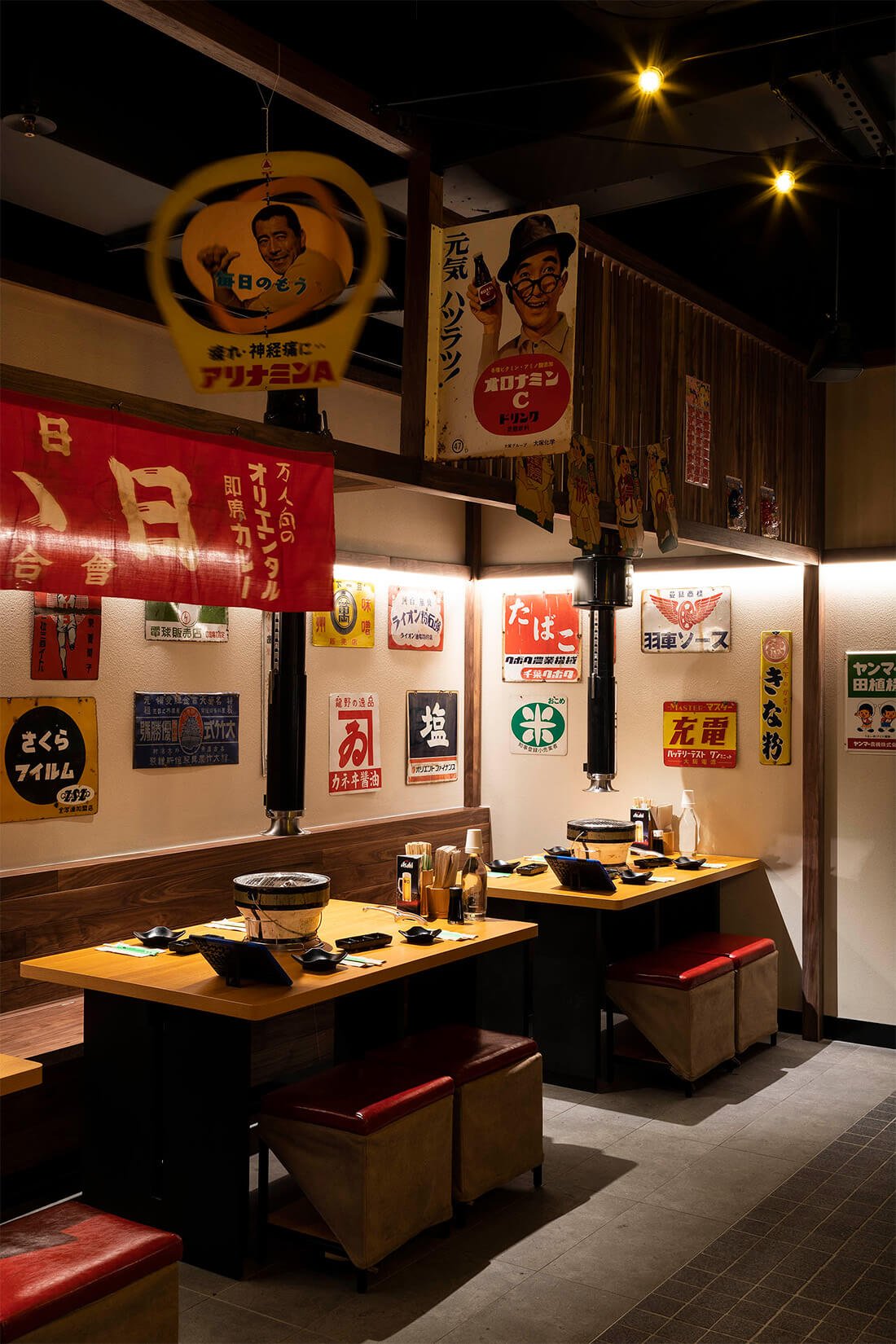
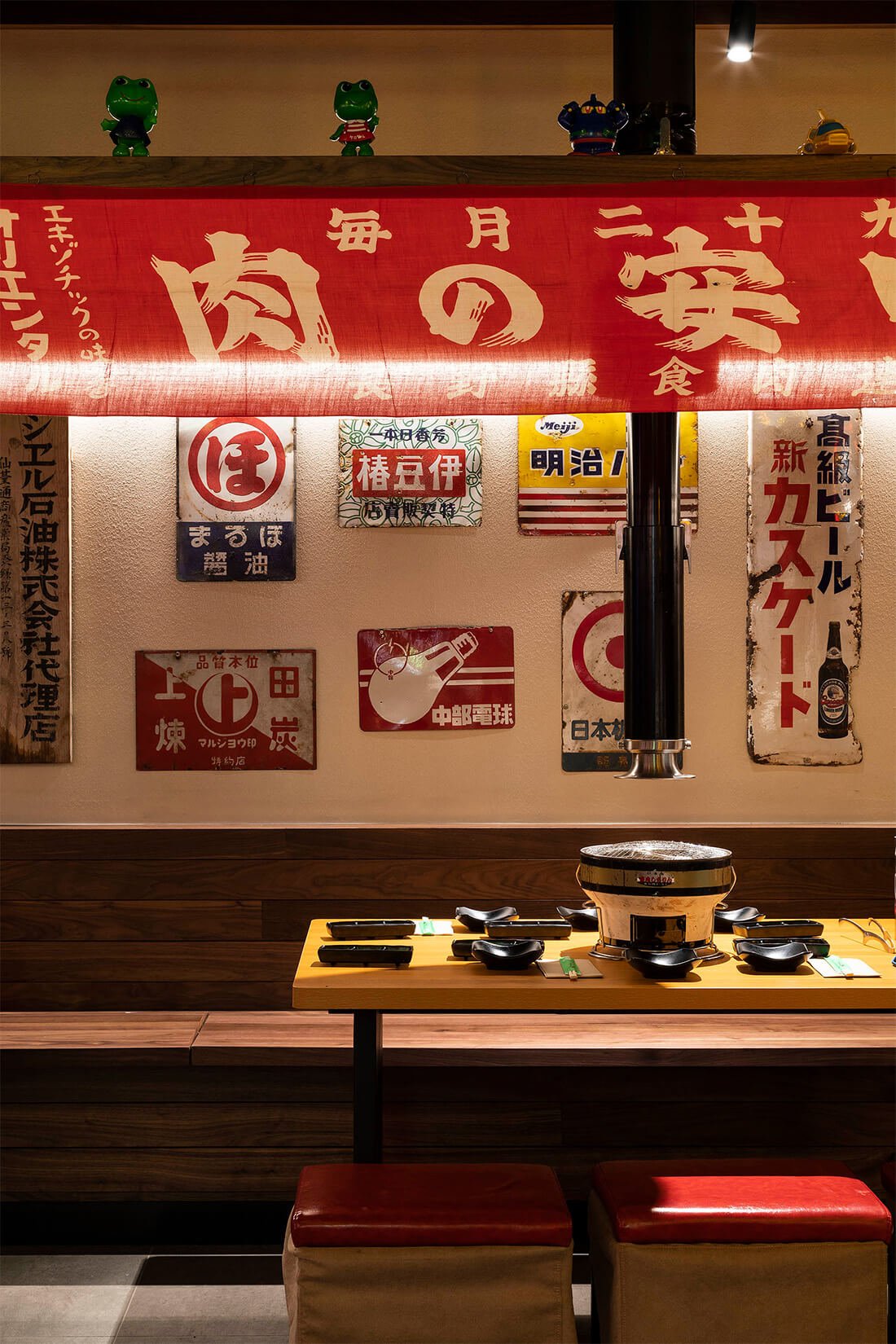
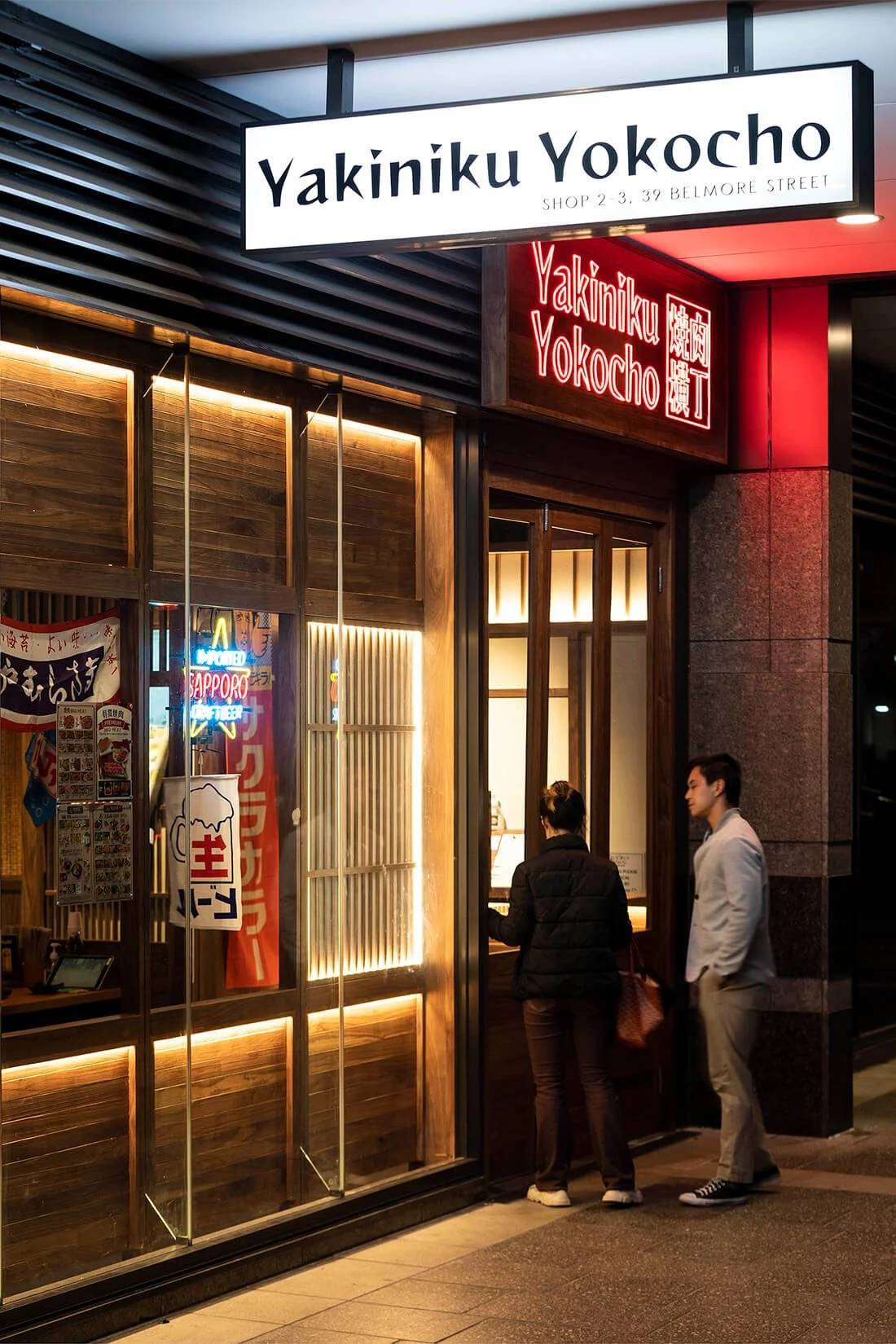
Wabi-sabi isn’t a design trend. It’s a way of seeing, celebrating imperfection, transience, and texture. At Yakiniku Yokocho, we embraced these principles with textured walls, layered materials, and lighting that shifts gently throughout the day. The space feels grounded, like it’s always been there, even if brand new.
Design insight: The best spaces don’t chase perfection; they invite presence.
Final Thought
Designing a Japanese-inspired dining venue is an exercise in balance between heritage and innovation, precision and pause.
At Vie Studio, we don’t mimic tradition; we interpret it. Whether designing for intimacy at Ippin, efficiency at Sushi Hotaru, or surprise at TADA!, we craft spaces that express culture with clarity and care.
📩 Launching a Japanese restaurant or hospitality concept?
Let’s create a space rooted in tradition and elevated by intention.
